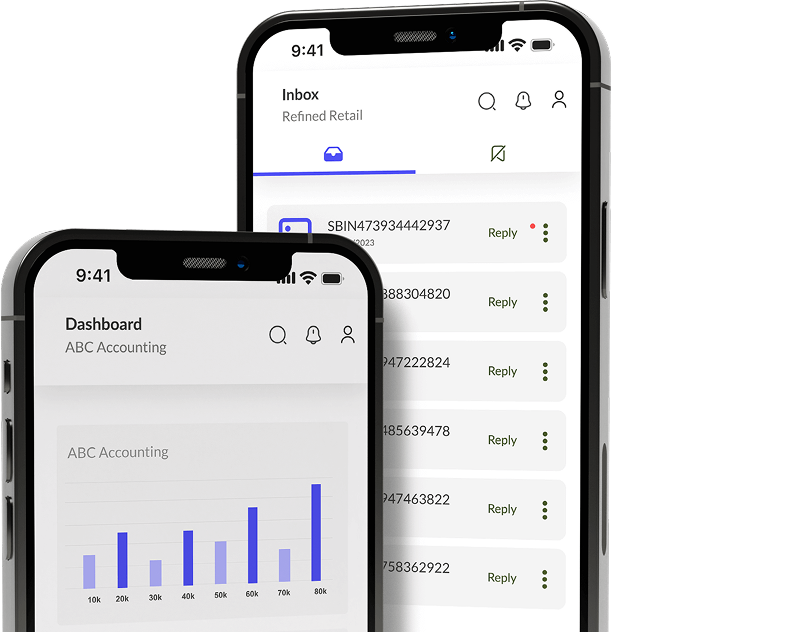When people think about measuring business performance, the same few numbers always come up: sales, profit, cash flow, maybe customer retention.
While these are important, they’re just the basics every business owner should track. However, there are a few other metrics that don’t get as much attention. They’re surely less obvious, maybe not important for all, yet they can reveal problems and opportunities that small business owners often miss.
Here are five of them.
1. Average Transaction Value (ATV)
This is the average amount each customer spends when they buy from you. And this is also purely for the retail and F&B industry.
How to calculate:
Total sales ÷ Number of transactions.
This matters because if people are walking into your store but only buying the cheapest item, you’re leaving a big chunk of money on the table. Increasing this KPI means you earn more without needing more customers.
Example: You can create a combo of different products. This makes sure that the customer gets more value and the business lifts its average ticket size.
2. Employee Productivity per Head
A wise man (we don’t know who) once said that your team is one of your biggest expenses. Productivity per employee shows how much revenue each person is helping generate.
How to calculate:
Revenue ÷ Number of employees.
This is really important because if the number is low, it may be time to rethink roles, schedules, or training in your organisation. For small businesses where each and every head counts, spotting gaps early can save costs later. Trust us, this is really important!
3. Service Speed / Customer Wait Time
Most businesses don’t track this. BUT THEY SHOULD. IN ALL CAPS.
You yourself have been a customer, and you know how long waiting times frustrate you. A customer who feels ignored is less likely to return, no matter how good the product is. You can cut down the preparation time or the TAT even by a small margin and see a noticeable difference in customer satisfaction and repeat visits.
This KPI is less about numbers on a spreadsheet and more about observing patterns: Are people waiting too long? Are there bottlenecks at peak hours? Again, mostly for retail and F&B.
4. Inventory Turnover
Your inventory ties up your cash. And if you have been in business for long enough, you know it. If items move too slowly, your money gets stuck on the shelf. If they move too fast, you risk running out and losing sales.
How to calculate:
Cost of goods sold ÷ Average inventory.
See, striking the right balance keeps your cash flow proper. For a small shop or business, tracking inventory turnover avoids both waste (expired items) and missed sales.
5. Break-Even Point
The break-even point is the minimum sales you need to cover your costs. It tells you when your business actually starts making money.
How to calculate:
Fixed costs ÷ (Selling price per unit – Variable cost per unit).
Last but not least, without this number, many small businesses price too low and wonder why they’re always short of cash. And then it gets frustrating. Knowing your break-even point helps you set realistic sales targets and pricing strategies.
Why These KPIs Matter
Running a small business is tough. Duh! Margins are thin. Resources are limited. And you know what else follows.
That’s why it’s not enough only to track sales and profit. The overlooked KPIs often hold the clues to why profits are slipping, customers aren’t coming back, or cash feels tight even when sales look fine.
And you know what’s the best part? Tracking these doesn’t need any fancy software. A simple spreadsheet or even a notebook works. Yes, you can go all manual in this. What matters is the habit of checking them regularly.
Getting Started
If you’re not tracking any of these right now, don’t try to do all five at once. Pick one. Start simple.
If you’re in retail or F&B, start with Average Transaction Value.
If you run a service business, try Productivity per Employee.
If you’re unsure about pricing, calculate your Break-Even Point.
Once you get comfortable, add the rest. Over time, you’ll build a clearer picture of how your business is really performing and not just how it looks on the surface level.
A Piece of Advice
Small businesses don’t fail because the owner is not putting in their hard work. They usually fail because the owner didn’t spot the warning signs early enough. It’s very similar to keeping a health check of your body.
The above-mentioned KPIs are like hidden indicators on your imaginary dashboard. They’re not going to replace sales and profit, but they’ll give you a fuller view of your business health.
And sometimes, that extra bit of clarity is what keeps your business alive and makes it GROW BIG.




